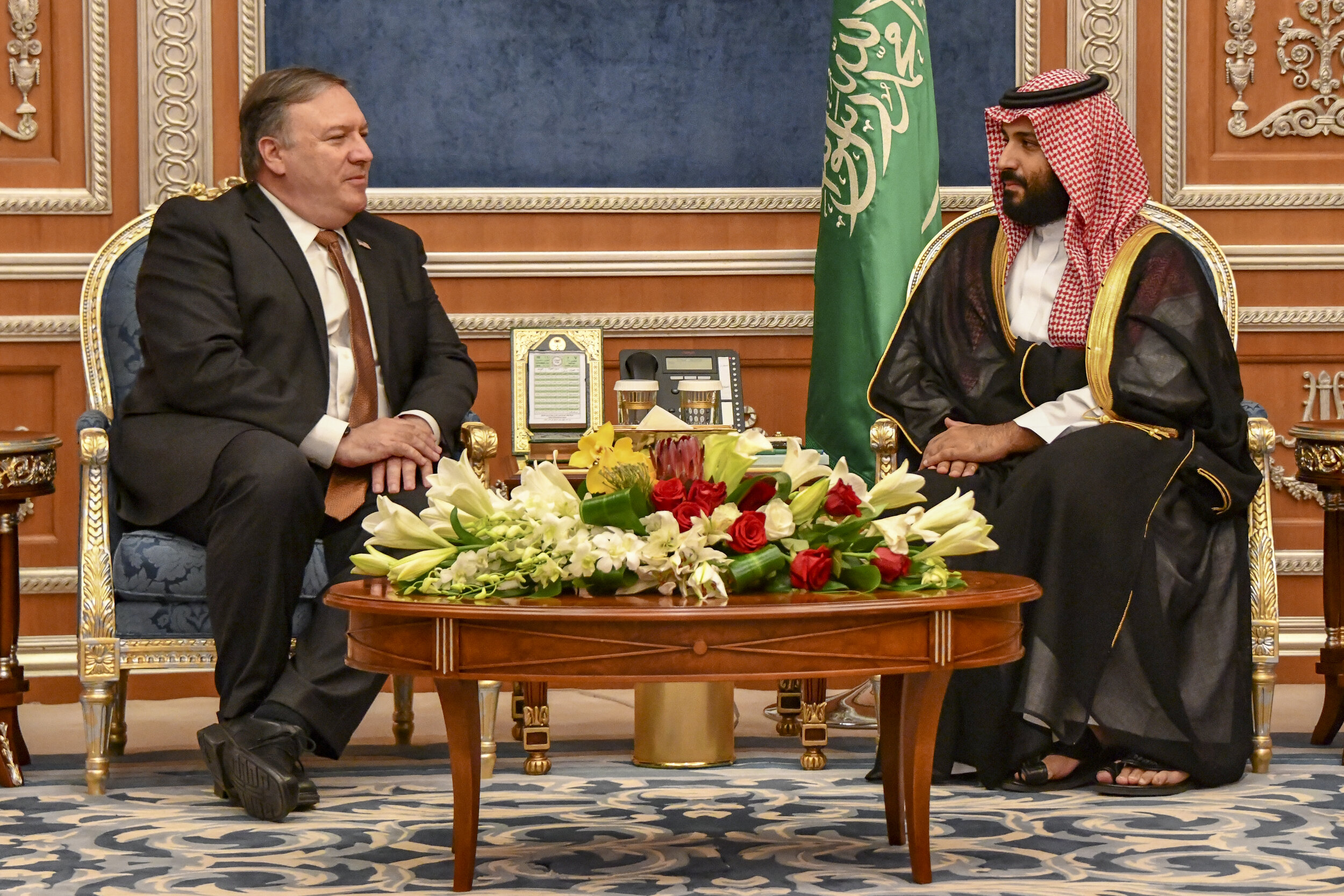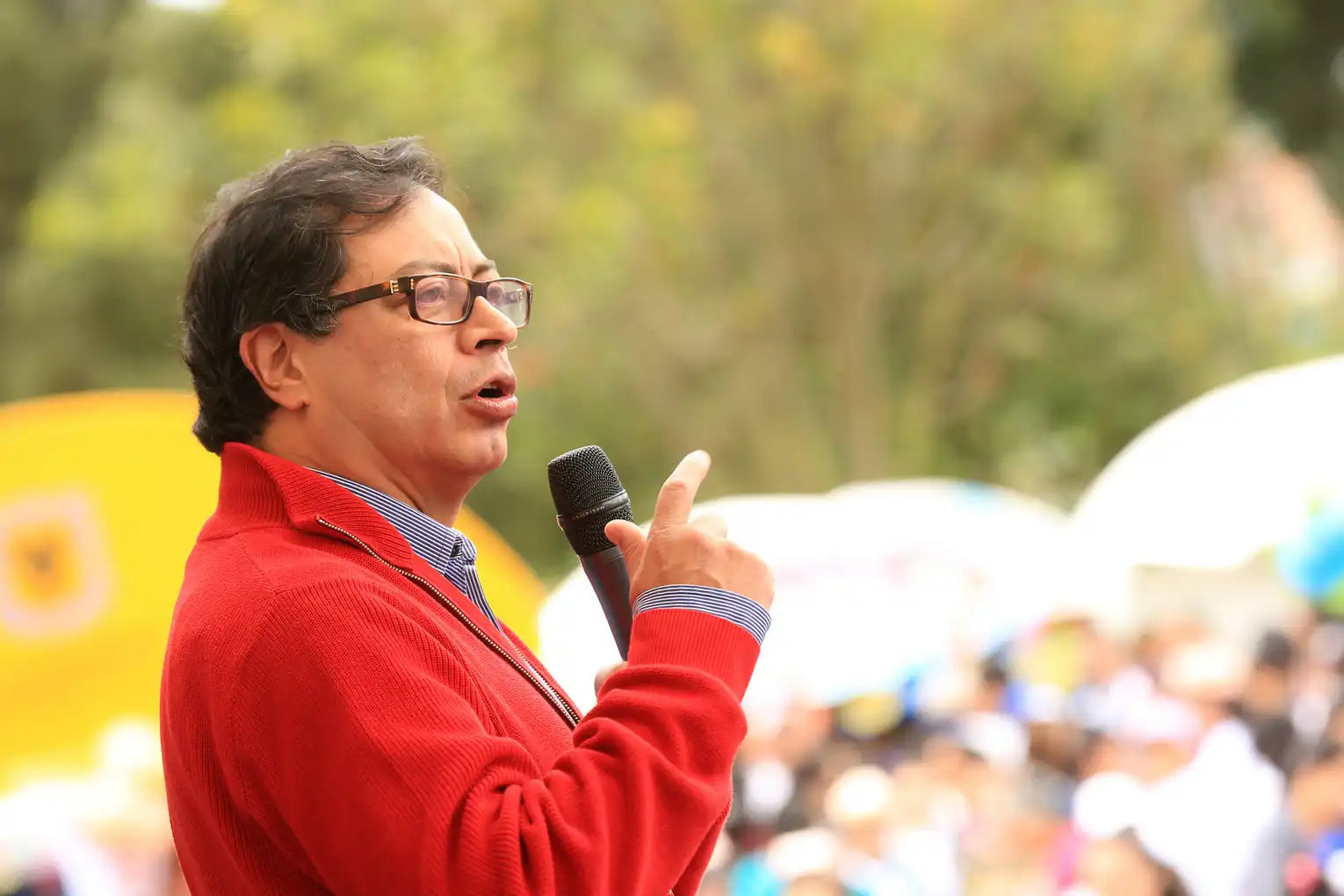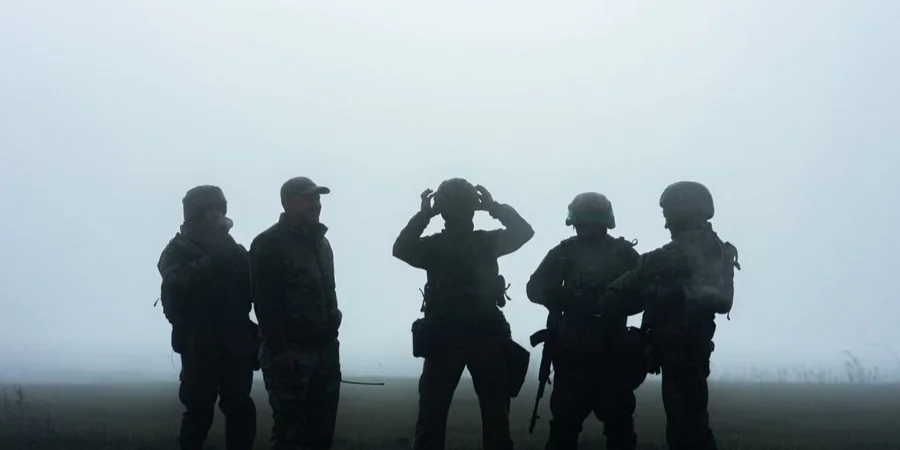PICTURED: Satellite imaging of the Khurais oil-processing facility – one of the Kingdom’s largest, and one that was heavily damaged in the most recent attacks. Photo credit Planet Labs, CC 4.0
Riyadh, Saudi Arabia. Wednesday September 18th 2019. At a press conference held by Saudi military authorities, the spokesperson for Saudi Coalition forces, Colonel Turki al-Malki presented evidence that he said indicated the attack which damaged multiple large oil processing facilities in the kingdom on Saturday was “unquestionably” sponsored by Iran and came from the “north”.
The attacks set fire and damaged much of that days oil quota along with killing and injuring civilians. “The attack was launched from the north and unquestionably sponsored by Iran,” al-Malki told reporters. “We are working to know the exact launch point.”
During the press conference, a recovered drone and missile parts were revealed which al-Malki said was a land-based cruise missile with a range of 700 kilometers, (434 miles) which indicated it must have come from the north.
He also played surveillance video he said showed a drone coming in from the north.
PICTURED: Secretary of State Mike Pompeo sits down with Saudi Crown Prince Mohammed bin Salman.
Yemeni Involvement
“Despite Iran’s efforts to make it appear so”, the attack did not originate from Yemen, it was beyond the capabilities of the Houthi militia – who have, however, mounted dozens of smaller attacks on Saudi territory,” said the colonel, marking out those his country is at war with.
State Department officials in the United States said much the same. When asked how the State Department was so certain this was an Iranian attack, Sec. of State Mike Pompeo said “As for how we know, the equipment used is unknown to be in the Houthi arsenal”.
“…the Intelligence Community has high confidence that […] these were not weapons that would have been in the possession of the Houthis.”
Meanwhile, practically insulted, the Houthis response to the Saudi press conference was to declare that they had targets, more than a dozen, selected in neighboring UAE – the other mailed fist in the Saudi-led coalition in the war in Yemen.
“We announce … we have dozens of targets in the UAE – among them Abu Dhabi and Dubai – and they can be targeted at any moment,” said Yehia Sarea, a Houthi military spokesman, “If you want peace and security for your facilities, and towers made of glass that cannot withstand one drone, then leave Yemen alone”.
A daunting threat, followed by a refutation of the notion that Houthi military capability cannot pierce the defense umbrellas that Saudi Arabia have in place over their country.
“This operation was an example of how our military plans, develops and executes operations deep inside the aggressors’ countries,” Sarea said.
Analysis
Like the alleged Iranian limpid mine attacks on oil tankers in the Strait of Hormuz this Spring, there is a chance that, under President Trump’s maximum pressure campaign, a significant attack by the Islamic Republic of Iran on their bitter enemies the Saudis, was a move that demonstrated “escalation dominance” with very little cost.
Escalation dominance implies that considering the strength and proximity of Iran to U.S. interests and allies, it is Tehran who decides where and how far this standoff between the U.S. and the Ayatollah goes.
Mike Pompeo said to traveling press today that even if the Houthis were responsible for the Aramco attacks, “it’s not the case that you can subcontract out the devastation of five percent of the world’s global energy supply and think that you can absolve yourself of responsibilities”.
If it was Iran who launched the attack, they damaged 5% of the world’s global energy supply with very few present repercussions.
On the other hand if it was the Houthis who stuck the Abqaiq and Khurais facilities, what do the Saudis gain from denying it?
It could be that since the war is going so badly for everyone involved, they’re using the might of Iran to shield themselves from admitting that a terrorist group from the poorest country in the Middle-East – one they’ve been relentlessly bombing for four years – can enact such devastation.
In Yemen there’s a complete fracturing of the Saudi – UAE partnership. According to Sanaa-based journalist Nasser Arrabyee, the armed proxies of the UAE which operate in the south of the country, are acting against the interests of Saudi Arabia at the very behest of their Emirati allies.
Deposed Yemeni president Hadi is still in Riyadh, so there’s no way the kingdom can declare mission accomplished in Yemen since his rule has not been restored. Rather than making peace and accepting that the coalition has lost., Crown Prince Mohammed bin Salman who was key in orchestrating the war, may see this attack as an opportunity to shift focus away from Yemen and towards Iran.



